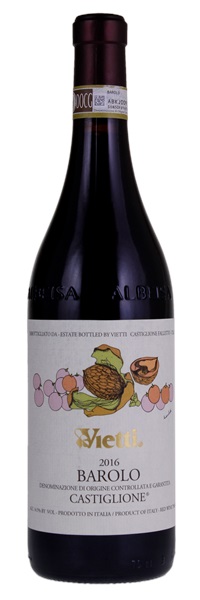Estimate

...ripe, sexy style yet has a wonderful elegance as well as medium to full body, ripe, integrated tannins, and layered notes of black raspberries, cherries, spring flowers, orange blossom, and violets. It's not massive, but it’s beautifully complex, with plenty of richness and depth on the mid-palate, and shows the sunny, sexy style of the vintage, followed by a great finish...
...opens to a grounded and authentic profile with hints of mint, balsam herb and tilled earth. The primary fruit is neatly folded into all those other components, and all received equal billing when the final results are counted... ...vintage shows a heightened level of intensity, complexity and freshness. Those silky tannins are followed by beautiful menthol brightness. This is a real charmer.
...dazzling wine... ...Rich, ample and explosive, the 2016 possesses tremendous richness and resonance from the very first taste. Bright red cherry and red plum fruit, wild flowers, mint, blood orange and spice build as this sumptuous, dramatic Barolo shows all it's got...
Plenty of perfume here with abundant roses and violets, as well as spice-dusted red cherries and hints of orange rind. The palate has depth and density with a sense of power and detail to the tannins. Long, dense and fresh.